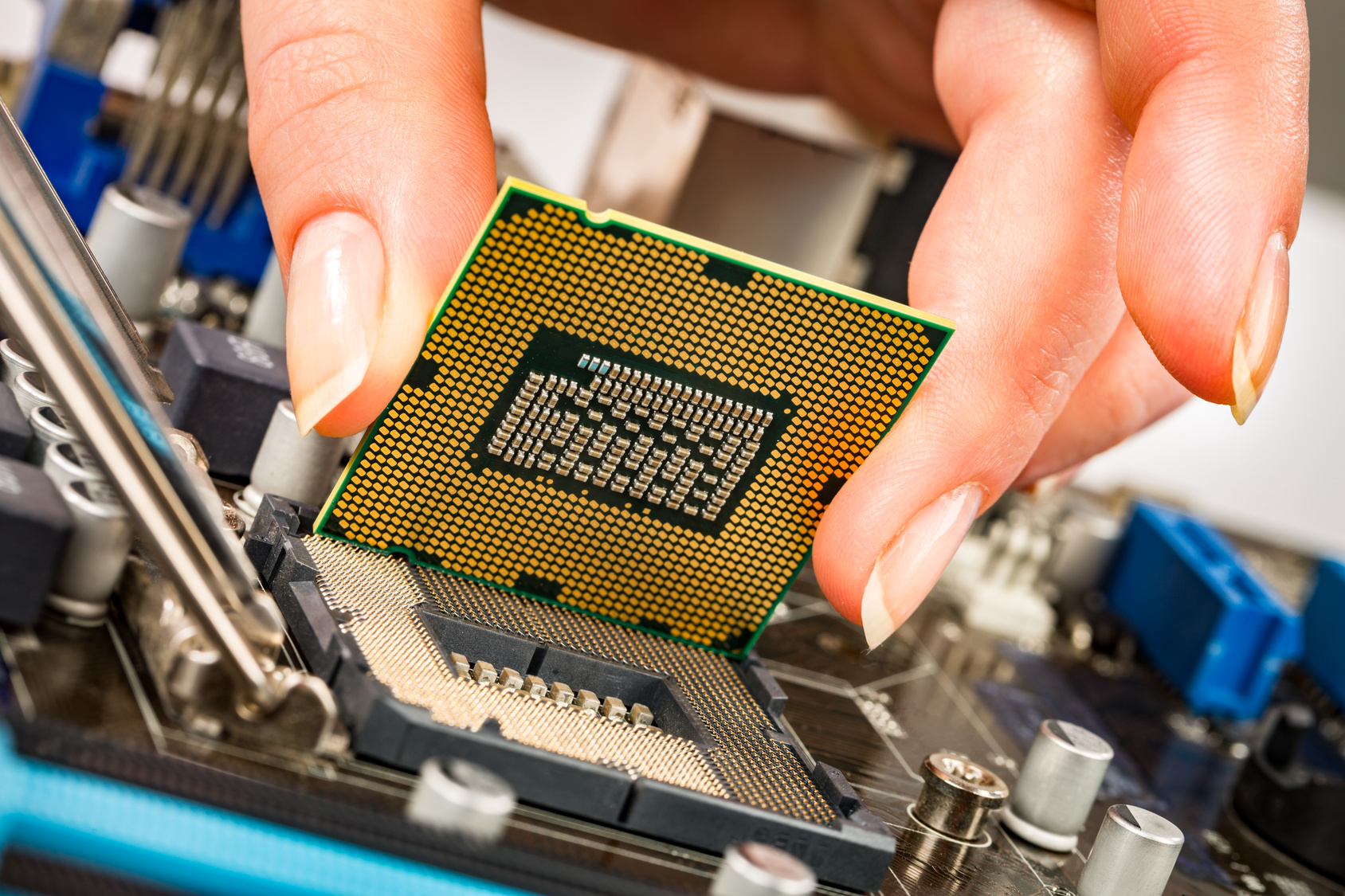A Bloomberg report that came out yesterday speculated that Arm based Mac’s could come as early as 2020. Given both Apple’s silicon roadmap and its hardware and software roadmap, that timing seems plausible. The bigger question is why Apple would make a change, and more importantly pour so much R&D developing a custom chip for Mac hardware when they still only sell roughly 20 million Macs a year. I think a few key reasons make the most sense.
Intel’s Lost of Moore’s Law
As much as Intel, and others in the semiconductor industry may try to continue to argue Moore’s Law is alive and well, it is not. At least not by the purist definition which is a 24-month cycle of both transistor count doubling, which assumes move to the next transistor node, AS WELL AS an economic factor that follows a downward cost curve of cost per transistor. Moore’s Law, to still be Moore’s Law has to lead to a more powerful/efficient processor that is also cheaper to make on a 24-month basis. Now, again, we can argue semantics here, but this is the dynamic Intel lived by for more than a decade.
The truth is, according to Intel’s schedule, Moore’s Law now a three-year timeline not a two-year timeline and the economic factors of this law are still debatable as we approach 7nm and 5nm processor technology, it is proving quite expensive to achieve. For Apple, Intel has been a somewhat frustrating partner as their innovations in Core series processors continues to delay leaving Apple at the subject to Intel’s timelines not their own. All the while, their Arm manufacturing partner in TSMC is already showing a path to 5nm process technology, and Apple could be making A-Series chips on this process technology in 2020.
By moving Macs to Arm, Apple will better control their innovation cycle for Mac hardware and not be beholden to Intel’s slowing timelines. In fact, what is an interesting train of thought, is Apple can technically take back Moore’s Law if they wanted from at least the performance/efficiency elements.
Deeper Differentiation
I have many friends deep in the semiconductor industry. There remains a huge question around x86 processors and if any true battery life gains will happen there. Whereas, while somewhat speculative but entirely plausible from a theoretical perspective, a custom designed Arm-based SoC for a Mac could reach north of 30 hours of battery life. Consider this point, Qualcomm sees roughly 22-24 hours of battery life on their Arm-based Windows machines, and this is being accomplished with a chip that was made for smartphones, not for PCs. Imagine the kind of performance and battery life that can be accomplished if an Arm-based processor was purpose-built for a laptop? Honestly, I think a rough target of 30 hours of battery is conservative. 40 hours could be achievable given the size of battery that can be put into a laptop, and how efficient 7nm and 5nm processes technology will be.
If true, then Apple will have industry leading battery life in Macs with the performance gains they will achieve by optimizing the software to be tuned to their custom silicon architecture. While it is true Windows vendors could move more to Qualcomm based designs to compete, the reality is Apple will still likely have an edge because of how tightly tuned the operating system can be to the silicon architecture. But a meta point remains in this logic. If Apple does do this, and it forces PC OEMs deeper down the Qualcomm route, then this becomes a very worrisome position for Intel’s PC business.
A Last Hypothetical
There is one last hypothetical I’d like to throw out there. I find it highly unlikely Apple would move entirely aware from x86 (not I did not say Intel). x86 still has performance benefits for heavier CPU based workloads. It is true that future software development techniques can make this a moot point, but for the sake of argument let’s assume it remains for now. In this scenario, Apple would still want an x86 based design for their high-end more professional focused Macs.
Given Apple wanting to control more of their customization for things like security, performance, efficiency, and tune software to those silicon design priorities, I can see Apple moving closer to AMD to do semi-custom designs. AMD has a great business where they let partner design their solutions using AMD’s x86 architecture design. Both Microsoft and Playstation did this for the latest XBOX and PlayStation consoles. These consoles run a custom designed piece of AMD x86 architecture that is unique to both consoles. I can see Apple doing a semi-custom design with AMD and thus bringing their own x86 based design to professional level Macs. This would allow Apple to design the x86 machines the way they want and prioritize things that Intel may not in their designs.
The big picture point is Apple is going down a different path than every other hardware maker and their priorities and needs when it comes to semiconductors are vastly different than everyone else’s. This is the main reason why it is inevitable Apple for Apple to make all the important silicon in every piece of hardware they make.
And lastly, this is a subject for another post, but I get the feeling we may be seeing the full disruption of Intel begin to play out.
